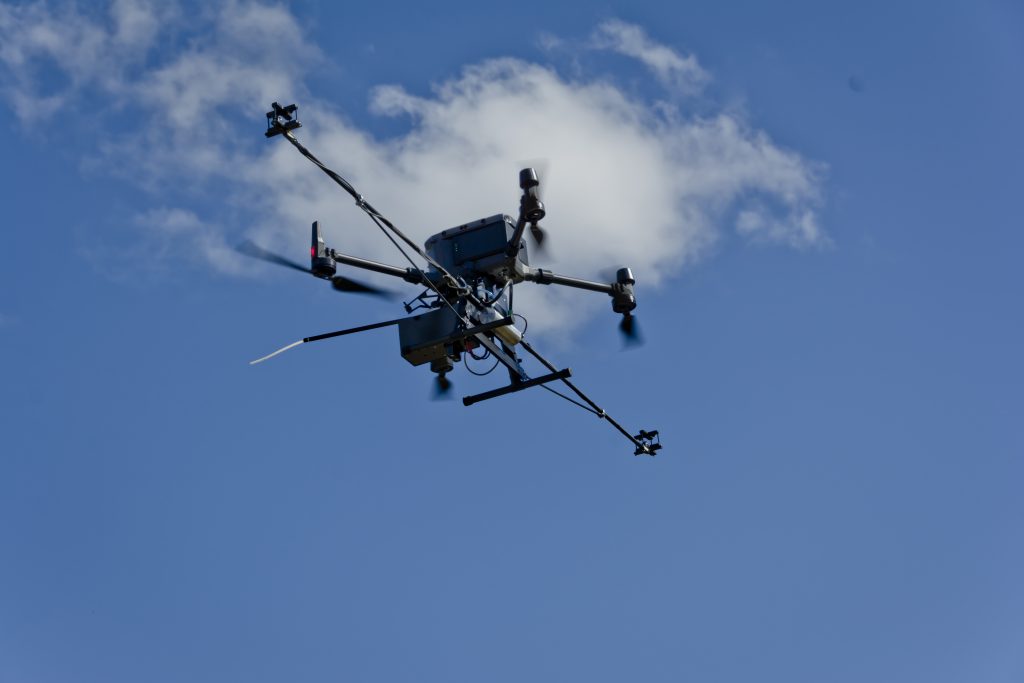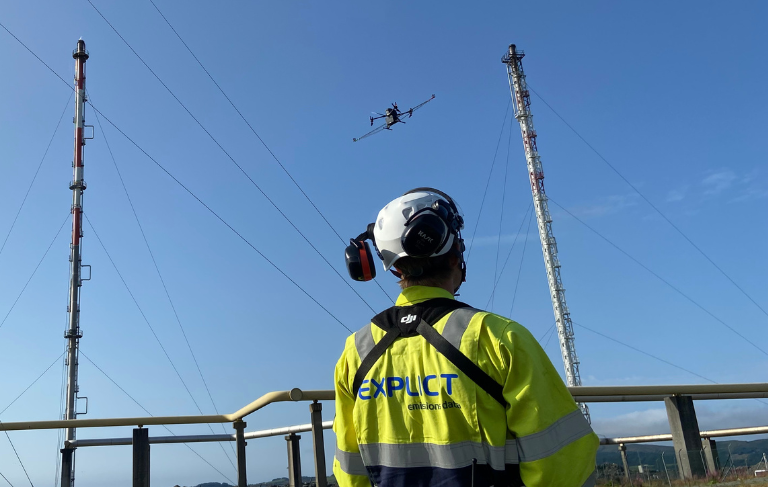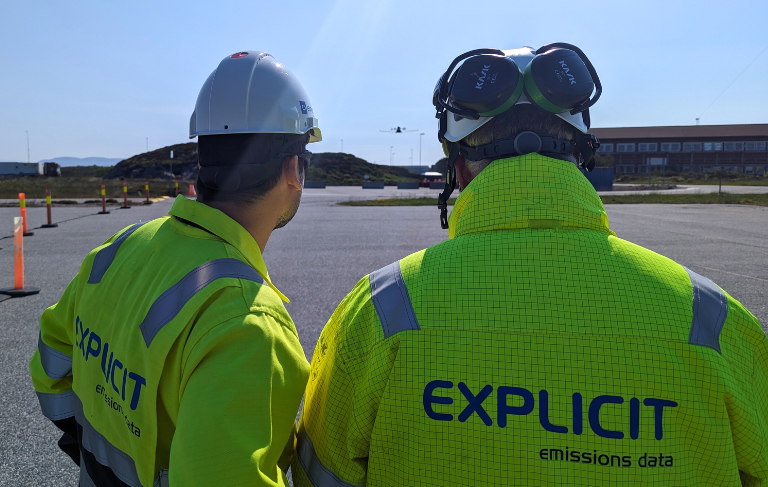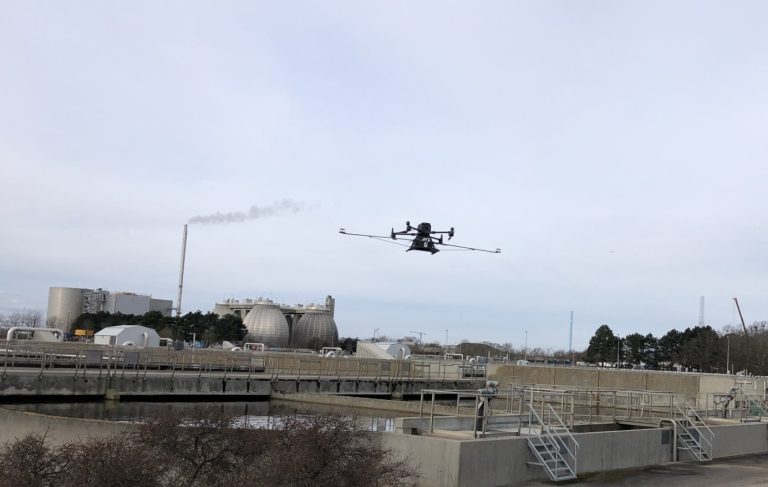When we talk about methane emissions, the conversation almost always starts with leaks. How to find them, measure them, and mitigate them. At a methane mitigation conference last year, this talk was all the same: leaks, leaks, leaks. As if insufficient maintenance protocols were the root cause of the world’s climate crisis.
We beg to differ.
If we are serious about reducing methane emissions, we need to shift the focus from leaks to process emissions. This is where the real reduction potential lies: understanding baseline emissions, operational scenarios, and optimizing processes to reduce them.
Why process emissions matter more
Our field surveys consistently show that the major contributors to methane emissions are not leaks. Instead, vents, flares, turbines, and other sources make up the bulk of emissions. While leaks are certainly important, maintenance protocols alone won’t deliver the emission reductions the industry needs. In fact, maintenance itself can sometimes introduce significant release risks, such as during well workovers.
Yet, the industry’s vocabulary remains outdated.
Methane emissions monitoring has its roots in leak detection: LDAR (Leak Detection and Repair) surveys came before site-level drone surveys. Bottom-up approaches came before top-down ones. As a result, we continue to use the term “leaks”, even when we’re dealing with something far more systemic.
Emission reduction: a different ball game
The green transition is not about leaks: it’s about emission reduction. And reduction requires a fundamentally different approach than traditional environmental monitoring. This isn’t about setting thresholds: it’s about continuous improvement over time. What is good enough today won’t be enough tomorrow. We need permanent change, and that starts with how we talk about methane mitigation.
The Explicit perspective
At Explicit, our field experience tells a clear story: Not all emission sources are equal, and they shouldn’t be treated as such. The term “leak” implies something temporal, fleeting and easily fixed. But the sources with the highest reduction potential are not like that. They are continuous, integral to operations, and often difficult to survey because they are positioned far from easy access.
That’s where advanced technologies, such as sniffer drones, come in. These tools enable us to detect, quantify, and track emissions from the sources that matter most, helping industries focus on their methane reduction.
It’s time to move beyond leaks. Let’s talk about real emission reduction.




